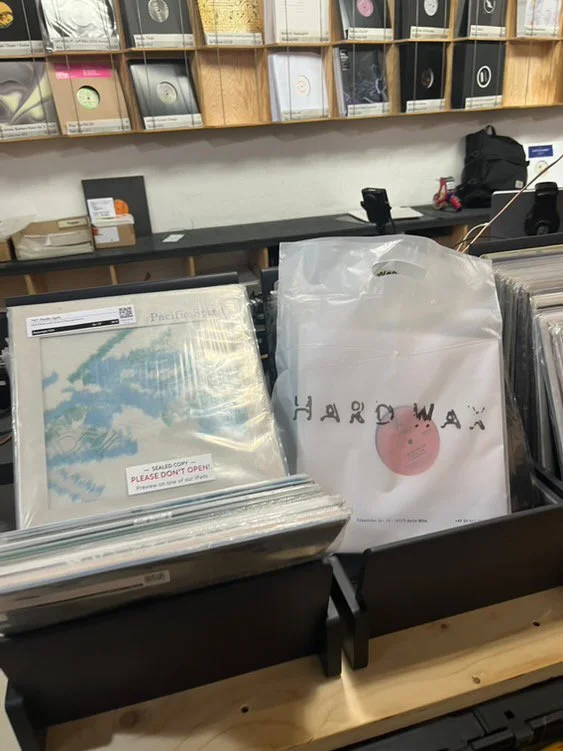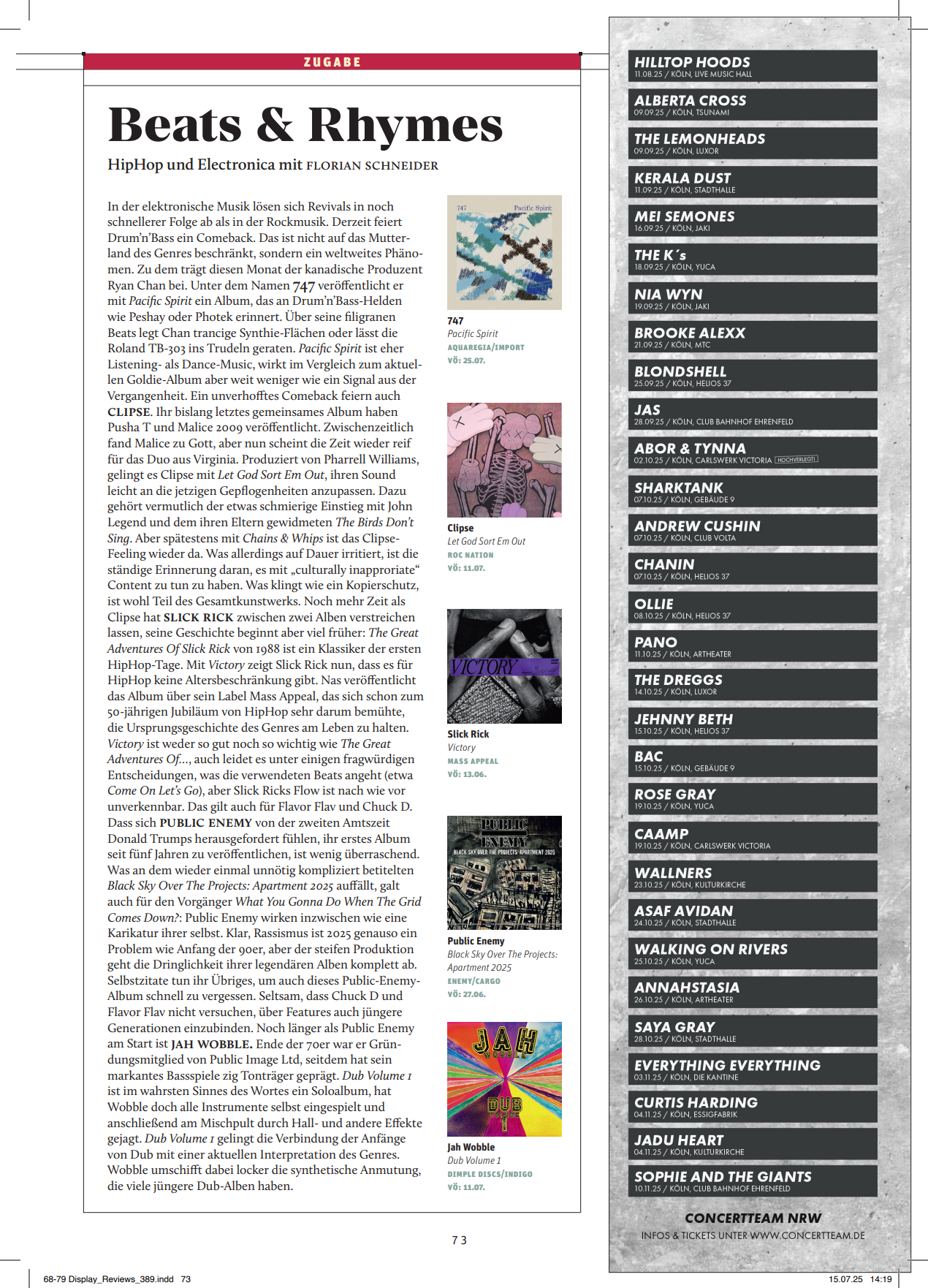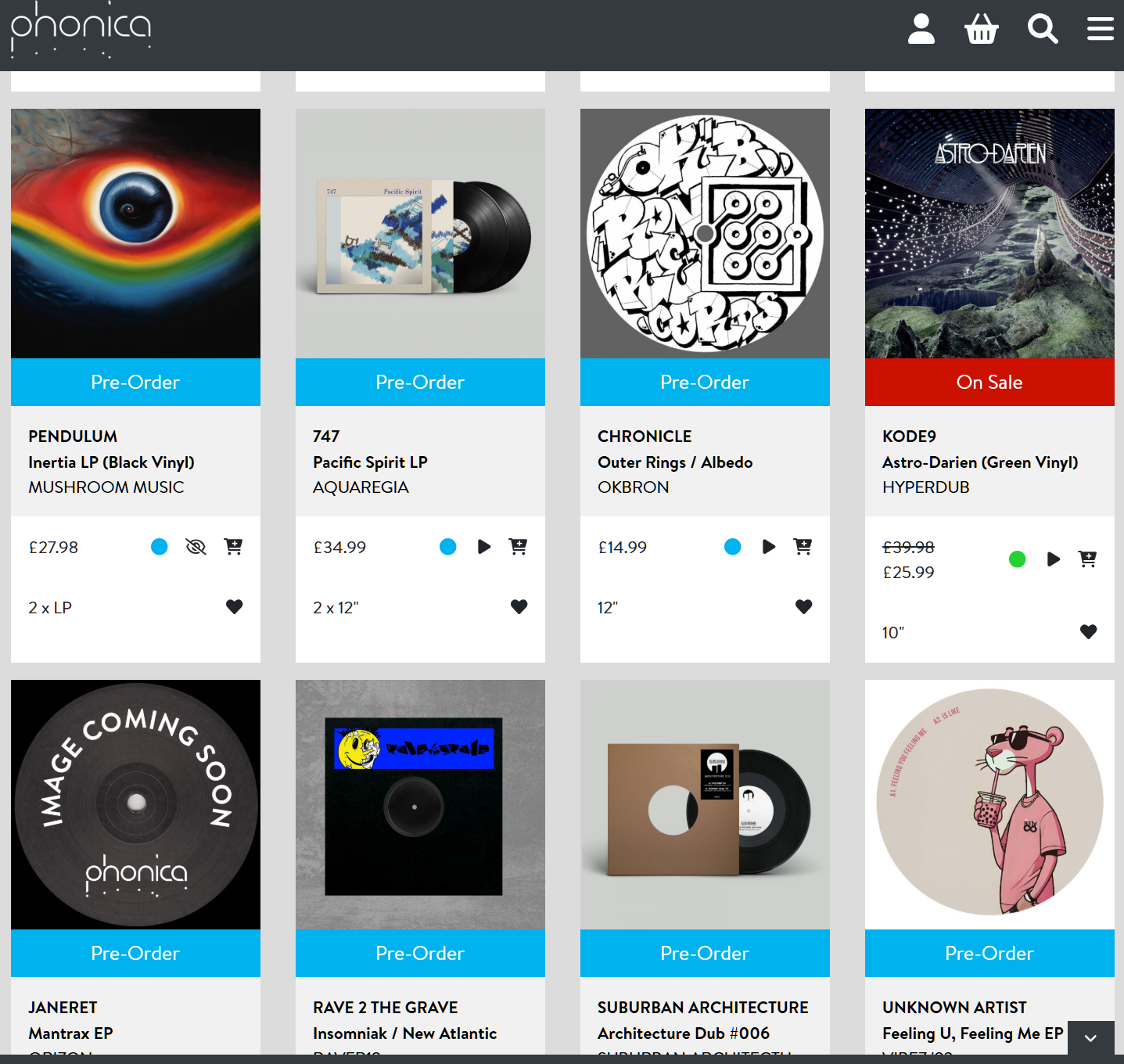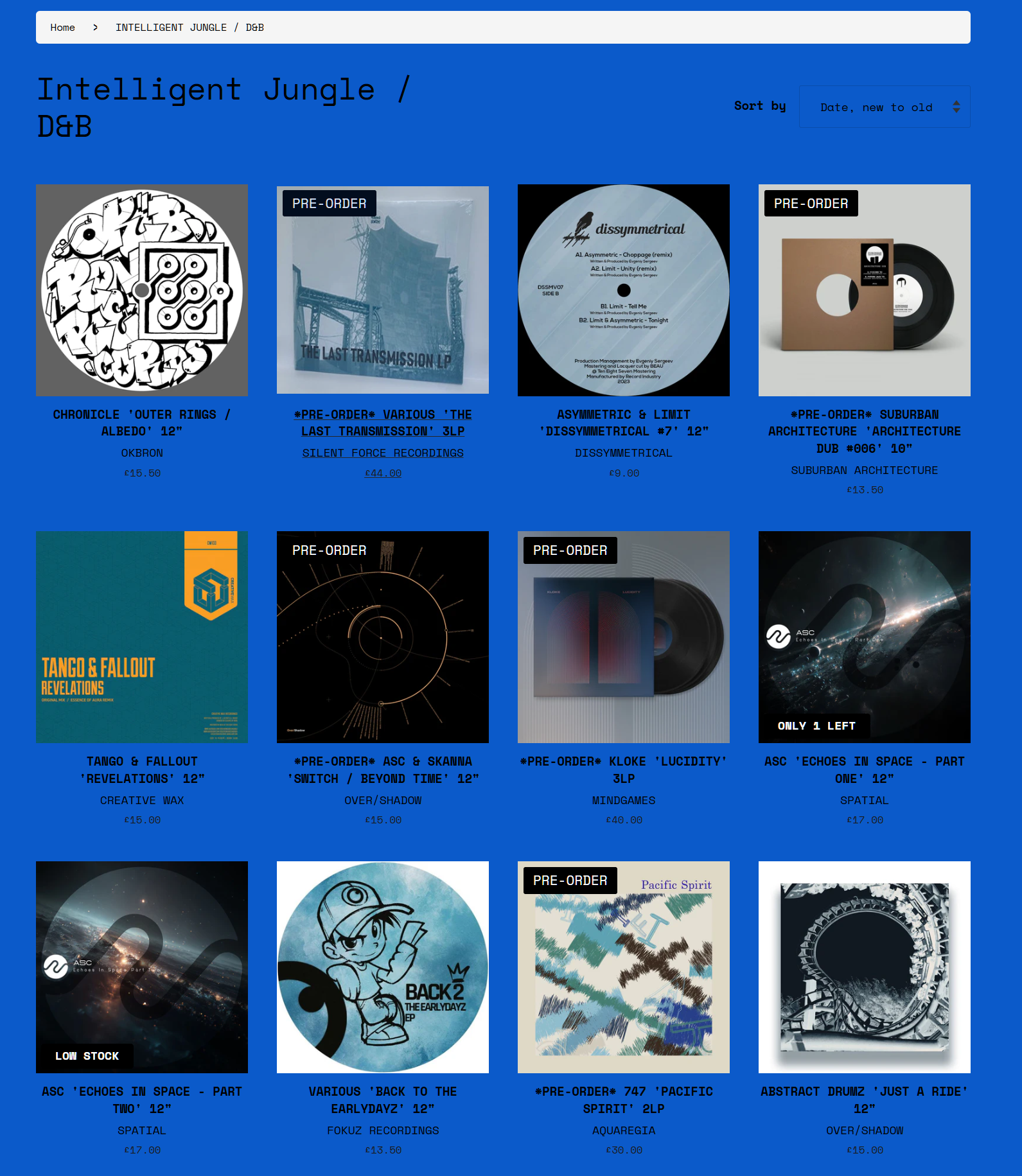Read the full review in French on DJ Mag France
Six ans après son dernier album, 747 revient avec Pacific Spirit, un virage break et introspectif, inspiré par Vancouver et habité par la brume.
Six ans après son dernier album studio, le producteur canadien 747 – alias Ryan Chan – sort de l’ombre avec Pacific Spirit, un disque audacieux et profondément personnel, paru ce 26 juillet 2025 sur le label Aquaregia. Loin de l’acid techno linéaire et mélancolique qui avait fait sa renommée avec le classique Aurora Centralis en 2017, le musicien s’aventure ici dans une direction nouvelle, pleine de ruptures rythmiques, de nostalgie liquide et d’introspection nébuleuse.
Un virage jungle plein de nuances
747 n’a jamais été un simple producteur d’acid techno. Son travail a toujours trahi une sensibilité mélodique, une recherche d’atmosphères. Sur Pacific Spirit, cette recherche s’élargit, se densifie, change d’horizon. Inspiré par sa ville natale de Vancouver, par ses forêts humides et ses ciels laiteux, Chan plonge dans un bain d’influences breakbeat et jungle, avec des éclats de trance 90s, tout en gardant son acide fétiche : la 303 serpente toujours en fond, mais il est ici plus joueur, moins autoritaire.
L’album ne s’impose pas comme un manifeste club, mais plutôt comme une fresque de paysages mentaux. Les neuf morceaux se construisent par contrastes : nappes ambient contre rythmiques fracturées, lignes de basse brumeuses contre percussions précises, mélancolie contre euphorie contenue. Un équilibre subtil qui fait toute la force du disque.
Un voyage intime, sans climax forcé
Dès le morceau d’ouverture, on comprend que Pacific Spirit est un album qui prend son temps. Les intros sont longues, souvent texturées comme un brouillard sonore. Puis viennent les breaks, parfois chaotiques, jamais gratuits. On sent une volonté d’échapper au format, de désapprendre les codes du dancefloor tout en les gardant à portée d’oreille. Le rythme n’est jamais imposé, il est proposé.
L’ensemble évoque autant le souvenir d’une rave que le silence d’un matin pluvieux. On pense à l’école de Berlin, à la tension froide de certains disques de Delsin ou Modern Love, mais aussi à l’énergie jungle des pionniers anglais, et à la lumière trance de labels comme Eye Q ou Platipus. Un patchwork maîtrisé, jamais pastiche, toujours sincère.
Le disque-objet, entre code et matière
À l’heure du tout digital, Pacific Spirit se distingue aussi par son format physique. Chaque vinyle de l’édition limitée à 300 exemplaires est unique, orné d’une œuvre générative conçue par 747 et Emily Nicoll en partenariat avec la plateforme Art Blocks. Pas une simple pochette, mais une série algorithmique issue d’un code aléatoire, qui transforme chaque disque en pièce d’art autonome.
Ce geste n’est pas anecdotique. Il prolonge l’intention de l’album : brouiller les frontières entre passé et futur, entre club et musée, entre souvenir et invention. Pacific Spirit n’est pas seulement un retour musical ; c’est aussi un « statement » plastique, une réponse subtile aux formes figées de la musique électronique contemporaine.
Une nouvelle ère
Pour les fans de la première heure, ce virage pourra surprendre. Mais pour qui suivait les signaux faibles des derniers sets de 747, l’évolution semblait déjà en cours. Pacific Spirit n’efface rien. Il reconstruit, à partir des racines, un langage plus fluide, plus libre. Ryan Chan y signe peut-être son disque le plus personnel, le plus contemplatif aussi, mais sans jamais sombrer dans le confort de l’intime.
Un disque brumeux, exigeant, généreux, à écouter comme une randonnée solitaire en forêt. Ou comme le souvenir d’un set rêvé, dans une warehouse qu’on n’a jamais quittée.
English Translation:
Six years after his last album, 747 returns with Pacific Spirit , a break and introspective turn, inspired by Vancouver and inhabited by fog.
Six years after his last studio album, Canadian producer 747 – aka Ryan Chan – steps out of the shadows with Pacific Spirit , a bold and deeply personal album, released on July 26, 2025 on the Aquaregia label . Far from the linear and melancholic acid techno that made his name with the classic Aurora Centralis in 2017, the musician ventures here in a new direction, full of rhythmic ruptures, liquid nostalgia and nebulous introspection.
A jungle bend full of nuances
747 has never been a simple acid techno producer. His work has always betrayed a melodic sensibility, a search for atmospheres. On Pacific Spirit , this search broadens, densifies, changes horizons. Inspired by his hometown of Vancouver, by its humid forests and milky skies, Chan dives into a bath of breakbeat and jungle influences, with bursts of 90s trance, while keeping his favorite acid: the 303 still meanders in the background, but here he is more playful, less authoritarian.
The album doesn't come across as a club manifesto, but rather as a fresco of mental landscapes. The nine tracks are constructed through contrasts: ambient layers against fractured rhythms, hazy bass lines against precise percussion, melancholy against contained euphoria. A subtle balance that gives the album its strength.
An intimate journey, without forced climaxes
From the opening track, we understand that Pacific Spirit is an album that takes its time. The intros are long, often textured like a fog of sound. Then come the breaks, sometimes chaotic, never gratuitous. We sense a desire to escape the format, to unlearn the codes of the dancefloor while keeping them within earshot. The rhythm is never imposed, it is proposed.
The whole thing evokes both the memory of a rave and the silence of a rainy morning. We think of the Berlin school, the cold tension of certain records by Delsin or Modern Love, but also the jungle energy of English pioneers, and the trance light of labels like Eye Q or Platipus. A masterful patchwork, never pastiche, always sincere.
The object disc, between code and matter
In the digital age, Pacific Spirit also stands out for its physical format. Each vinyl in the 300-copy limited edition is unique, adorned with a generative artwork designed by 747 and Emily Nicoll in partnership with the Art Blocks platform. Not just a simple cover, but an algorithmic series derived from random code, transforming each record into a standalone piece of art.
This gesture is not anecdotal. It extends the album's intention: to blur the lines between past and future, between club and museum, between memory and invention. Pacific Spirit is not only a musical comeback; it is also a visual statement, a subtle response to the fixed forms of contemporary electronic music.
A new era
For longtime fans, this shift may come as a surprise. But for those who were following the faint signals of 747's latest sets, the evolution already seemed to be underway. Pacific Spirit isn't erasing anything. It's rebuilding, from the roots, a more fluid, freer language. Ryan Chan has perhaps made his most personal and contemplative album yet, but without ever sinking into the comfort of intimacy.
A hazy, demanding, generous album, to be listened to like a solitary hike in the forest. Or like the memory of a dream set, in a warehouse you've never left.







